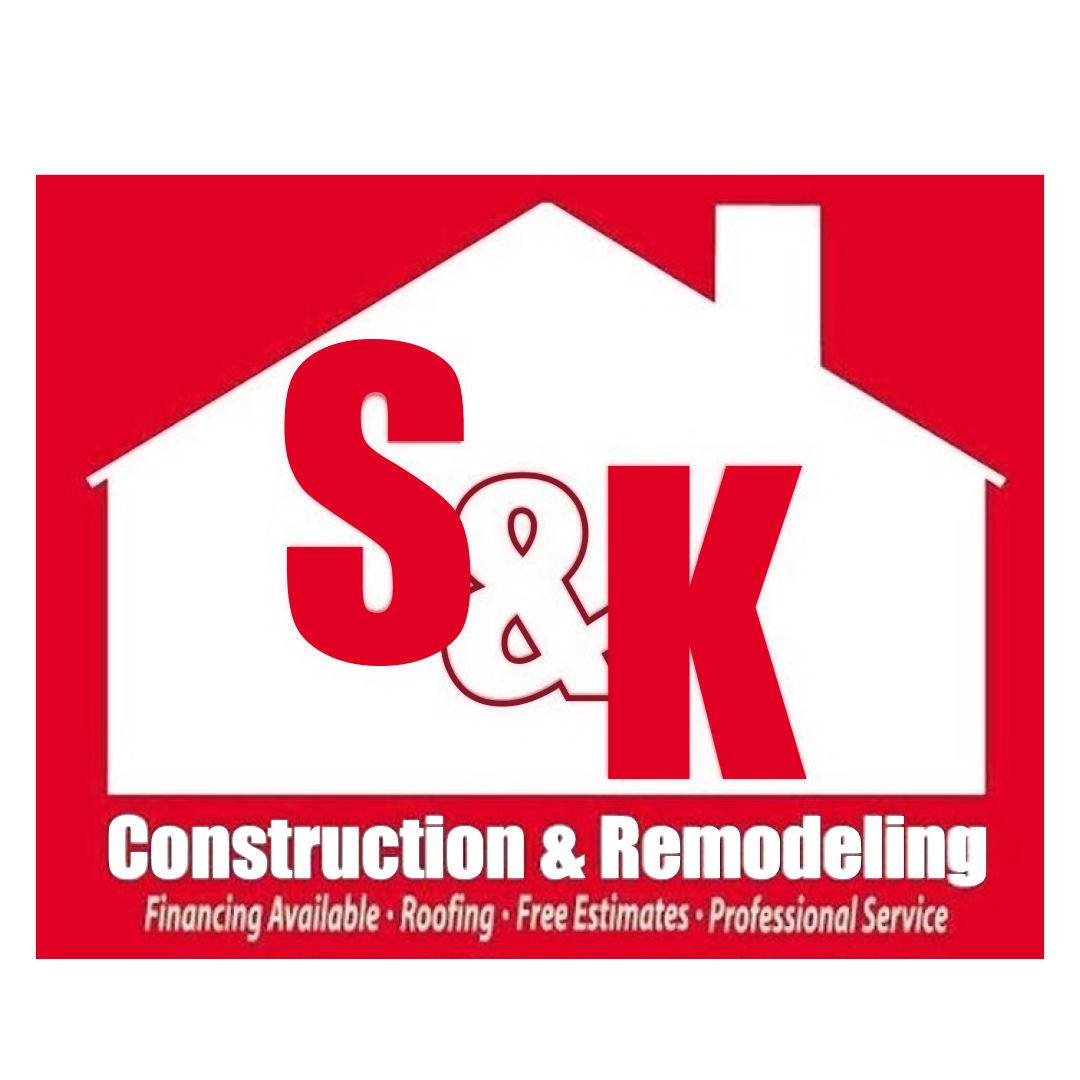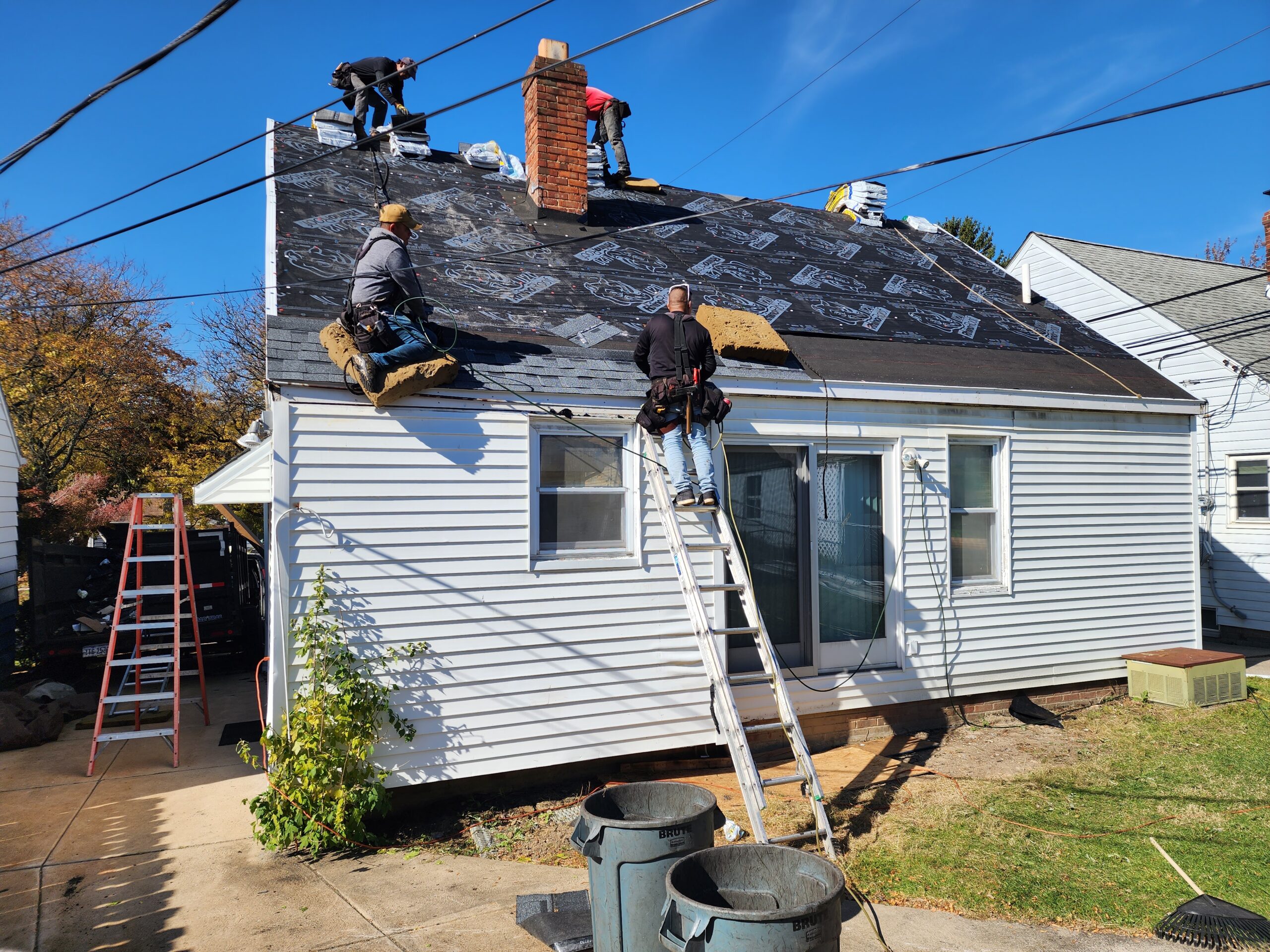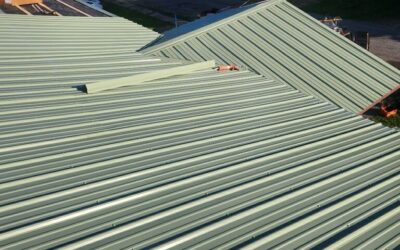The Ultimate Guide to Outside Wall Insulation: Boosting Energy Efficiency and Comfort
Insulating your home’s exterior walls is a crucial step toward enhancing energy efficiency, reducing utility bills, and improving overall comfort. This comprehensive guide explores the benefits, types, installation methods, and considerations associated with outside wall insulation.
1. Understanding Outside Wall Insulation
Outside wall insulation, also known as external wall insulation (EWI), involves applying insulating material to the exterior walls of a building. This method is particularly beneficial for homes with solid walls that lack cavity spaces.
2. Benefits of Outside Wall Insulation
a. Enhanced Energy Efficiency
EWI significantly reduces heat loss through walls, leading to lower heating and cooling costs. According to the U.S. Environmental Protection Agency, proper wall insulation can help you save up to 15% on heating and cooling costs citeturn0search10.
b. Improved Thermal Comfort
By maintaining consistent indoor temperatures, EWI enhances comfort levels throughout the year, keeping homes warmer in winter and cooler in summer citeturn0search9.
c. Noise Reduction
EWI acts as a sound barrier, reducing external noise infiltration and creating a quieter indoor environment citeturn0search21.
d. Moisture Control
Properly installed EWI prevents condensation within walls, mitigating the risk of mold growth and structural damage citeturn0search21.
e. Aesthetic Enhancement
EWI systems often include a final render or cladding, offering opportunities to improve the building’s appearance.
3. Types of Outside Wall Insulation Materials
a. Expanded Polystyrene (EPS)
EPS is lightweight, cost-effective, and offers good thermal performance. It’s commonly used in EWI systems due to its ease of installation.
b. Mineral Wool
Mineral wool provides excellent fire resistance and sound insulation properties. It’s also breathable, allowing moisture to escape, which helps prevent dampness citeturn0search7.
c. Phenolic Foam
Phenolic foam offers high thermal resistance with a thinner profile, making it suitable for areas where space is limited.
d. Polyurethane Foam
This material has a high insulating value and is resistant to moisture, but it may be more expensive than other options.
4. Installation Process of Outside Wall Insulation
a. Assessment and Preparation
- Evaluate the existing wall condition for structural integrity and dampness.
- Clean and repair the wall surface as needed.
b. Insulation Application
- Fix insulation boards to the wall using adhesive and mechanical fixings.
- Ensure boards are tightly butted together to minimize thermal bridging.
c. Reinforcement and Finishing
- Apply a base coat with reinforcing mesh to provide strength.
- Finish with a render or cladding system for weather protection and aesthetics.
5. Considerations Before Installing Outside Wall Insulation
a. Building Regulations
Ensure compliance with local building codes and regulations regarding insulation materials and fire safety.
b. Planning Permissions
In some areas, especially for listed buildings or those in conservation zones, planning permission may be required.
c. Cost Implications
While EWI can be a significant investment, the long-term energy savings and increased property value can offset initial costs.
d. Professional Installation
Hiring experienced professionals ensures correct installation, maximizing the insulation’s effectiveness and lifespan.
6. Maintenance of Outside Wall Insulation
- Regularly inspect the exterior finish for cracks or damage.
- Clean the surface to prevent the buildup of dirt and algae.
- Promptly address any issues to maintain the system’s integrity.
7. Conclusion
Outside wall insulation is a valuable investment for homeowners seeking to enhance energy efficiency, comfort, and property aesthetics. By understanding the benefits, materials, and installation process, you can make informed decisions that contribute to a more sustainable and comfortable living environment.
For personalized advice and professional installation services, consult with local insulation experts to determine the best solution for your home.
 (440) 307-2060
(440) 307-2060



